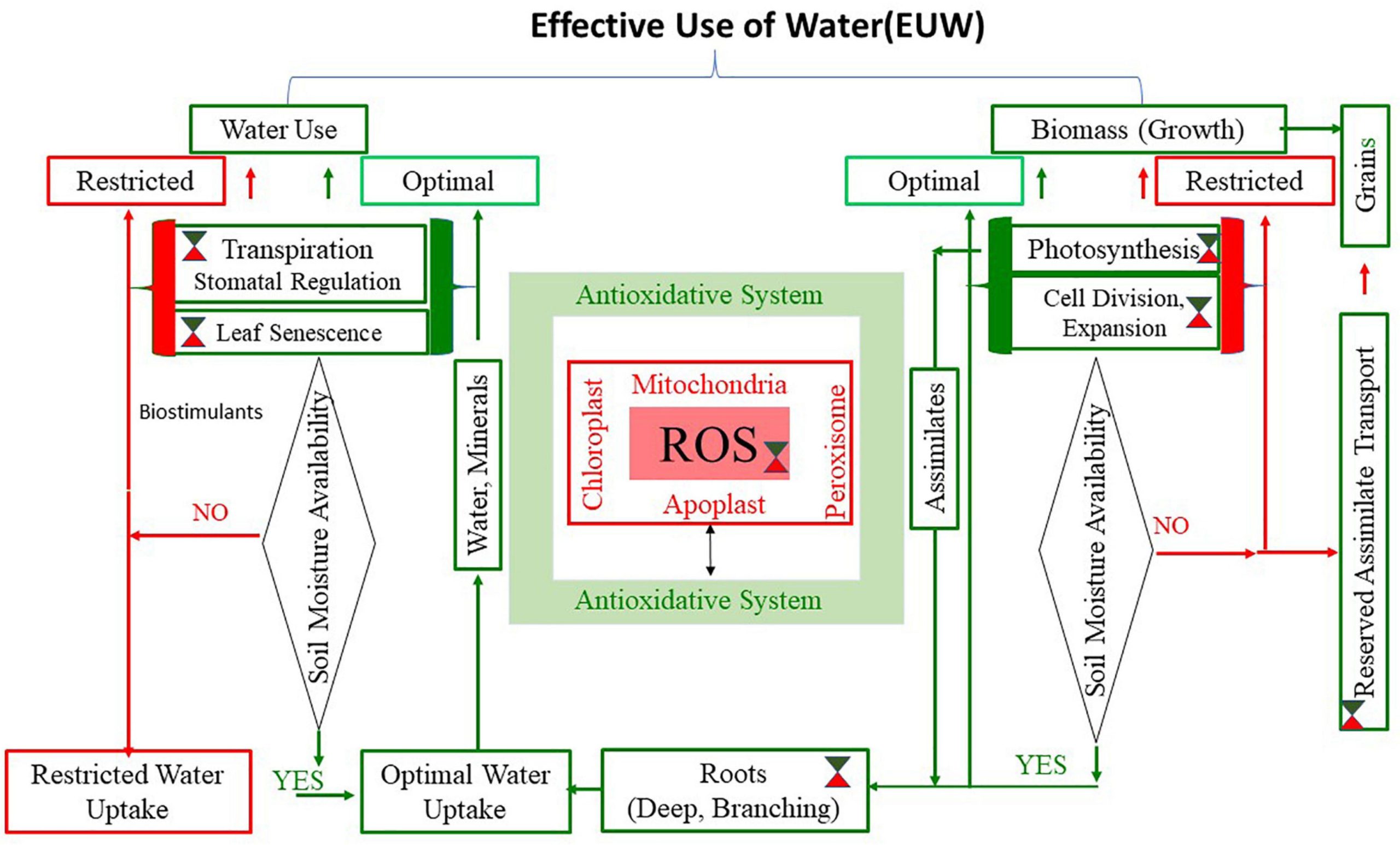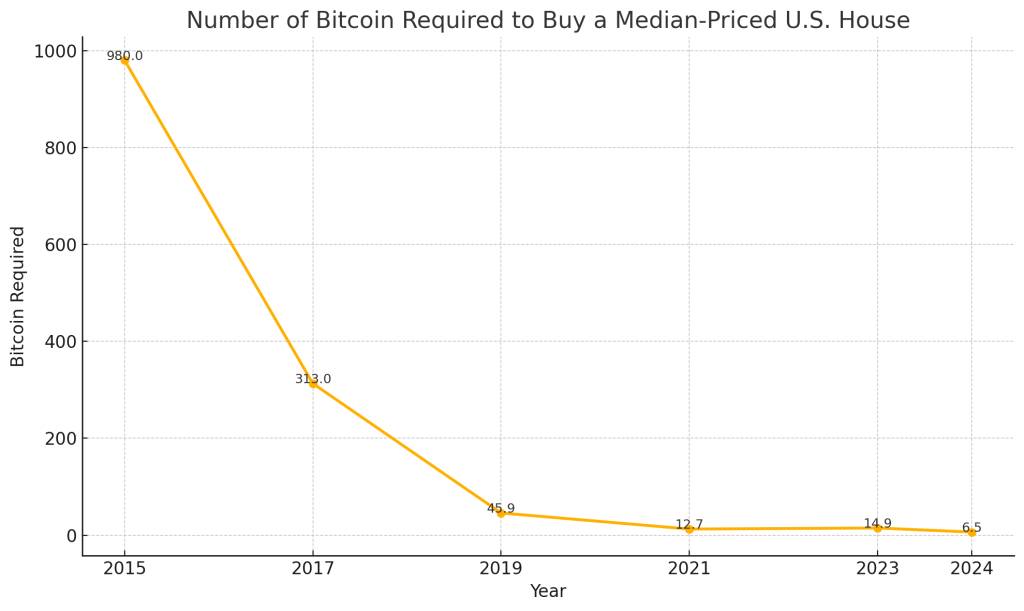Introduction
South Africa’s coastline has always been among the most stunning in the world, but in 2025, it carries a deeper story—one of environmental responsibility and pride. With 50 Blue Flag Beaches and 15 Green Coast sites, the nation is redefining what sustainable tourism means. These internationally certified beaches meet rigorous standards for cleanliness, safety, and conservation. The Blue Flag Beaches program has become a symbol of harmony between people and the planet, showing that development and nature can coexist when guided by respect, innovation, and education.
Blue Flag Beaches: The Global Standard for Excellence
The Blue Flag Beaches label is one of the most respected eco-certifications in the world. Overseen by the Foundation for Environmental Education (FEE), it recognizes beaches that maintain exceptional water quality, provide safe facilities, and promote environmental awareness. To earn and retain this flag, each site undergoes annual testing and compliance checks. This includes monitoring pollution levels, maintaining lifeguard services, and ensuring accessibility for all visitors. The flag stands as a global guarantee of quality—assuring travelers that their visit supports responsible tourism practices and local conservation efforts.
Blue Flag Beaches: South Africa’s Environmental Breakthrough
In 2025, South Africa’s Blue Flag Beaches reached a new milestone. With 50 sites meeting international standards, the country has cemented its leadership in eco-tourism. Each region contributes to this success: the Western Cape offers well-managed urban beaches, KwaZulu-Natal balances tropical tourism with conservation, and the Eastern Cape champions natural, less-developed shores. Together, these beaches form an inspiring national network of sustainable destinations. The expansion of 15 Green Coast sites adds to this achievement, showing that environmental awareness is thriving in both popular and remote coastal areas.
Blue Flag Beaches: Protecting Marine and Coastal Ecosystems
The mission behind Blue Flag Beaches goes beyond aesthetics. Each certified site implements conservation measures to protect ecosystems. Regular water testing keeps pollution in check, while controlled access prevents dune erosion. Local authorities monitor marine life to ensure activities like boating or snorkeling don’t disturb habitats. Beach management teams often work with conservationists to restore wetlands and plant native vegetation that stabilizes sandbanks. This proactive approach preserves biodiversity and safeguards coastal resilience against climate-related challenges.
Blue Flag Beaches: Economic Impact and Tourism Value
Eco-certification doesn’t just help the planet—it boosts the economy too. Blue Flag Beaches attract travelers who prioritize quality, safety, and sustainability. Tourists who visit certified destinations tend to stay longer and spend more, benefiting local restaurants, accommodations, and craft markets. Municipalities also gain international recognition, which encourages investment in infrastructure. Clean beaches mean fewer closures and healthier marine environments, supporting fishing and recreation. Sustainable tourism, powered by Blue Flag recognition, builds a dependable economic foundation that benefits both communities and nature.
Blue Flag Beaches: Local Communities at the Heart of Success
One of the defining features of South Africa’s Blue Flag Beaches program is community involvement. Local residents and volunteers play key roles in keeping these coastal areas pristine. Many initiatives are driven by schools, youth organizations, and NGOs that partner with municipalities. Educational beach days, cleanup events, and eco-awareness workshops create a sense of ownership among citizens. When people see tangible results from their efforts—cleaner sand, thriving marine life—they feel empowered to continue protecting their natural heritage. Sustainable tourism succeeds best when it grows from community pride.
Blue Flag Beaches: Educating Tourists to Travel Responsibly
Environmental awareness is an essential part of the Blue Flag standard. Certified beaches go beyond offering a scenic experience—they educate visitors on how to protect the coast. Informational boards, guided walks, and marine education centers teach travelers about local species, recycling, and the impact of plastic pollution. Families learn simple actions like using reusable bottles, staying off dunes, and choosing reef-safe sunscreens. These efforts ensure that every visitor leaves not only with beautiful memories but also with a better understanding of how to care for the ocean.
Blue Flag Beaches: Innovation and Technology for Cleaner Shores
Innovation continues to push the boundaries of what Blue Flag Beaches can achieve. South Africa has embraced modern solutions like solar-powered amenities, real-time water monitoring, and smart waste systems. Drones and remote sensors track erosion and assist with beach management. These technologies allow teams to respond faster to environmental changes and improve safety. They also demonstrate how technology and tradition can work together—blending digital tools with local knowledge to create beaches that are not just beautiful but sustainable and future-ready.
Blue Flag Beaches: Partnership with Green Coast Recognition
While Blue Flag Beaches symbolize excellence, the Green Coast program complements it by celebrating raw, natural spaces that are equally valuable. Many of these areas are untouched by development and host rich biodiversity. Together, Blue Flag and Green Coast initiatives form a unified approach—one focusing on high-standard facilities, the other on ecological integrity. This balance ensures that South Africa’s coastline remains both accessible and protected. It’s a model of inclusive conservation where different types of beaches contribute to a shared environmental goal.
Blue Flag Beaches: Challenges and Long-Term Vision
Despite its progress, South Africa still faces challenges in maintaining its Blue Flag Beaches. Pollution from cities, marine litter, and climate threats demand constant vigilance. Funding and enforcement are ongoing needs, particularly for smaller municipalities. Yet, the trend remains optimistic. Each new certification brings stronger partnerships between government, science, and communities. With growing public support, South Africa aims to expand its network and inspire neighboring nations to adopt similar programs. The Blue Flag vision is clear: cleaner oceans, sustainable economies, and an enduring legacy of stewardship.
FAQs
1. What are Blue Flag Beaches known for?
They’re internationally recognized for water quality, safety, accessibility, and environmental education—offering the best in sustainable coastal tourism.
2. How many Blue Flag Beaches does South Africa have now?
As of 2025, South Africa has 50 certified Blue Flag Beaches and 15 additional Green Coast sites.
3. How do Blue Flag Beaches help local communities?
They create jobs, attract responsible tourism, and encourage community participation in environmental protection.
Conclusion
The success of Blue Flag Beaches in South Africa is a testament to what collaboration can achieve. By combining science, education, and community spirit, the nation has built a coastline that serves both people and nature. These certified beaches embody a vision of tourism that heals rather than harms, offering travelers experiences rooted in respect and sustainability. As global awareness of climate challenges grows, South Africa’s Blue Flag movement stands as proof that real change begins where the ocean meets the shore—a place of beauty, balance, and shared responsibility.




